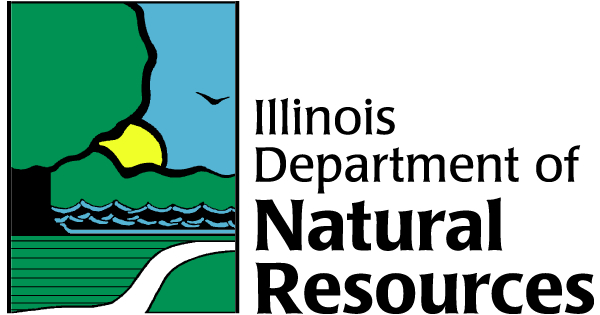Flowers and Ants
May Nature Notes: Ants play an important role in the life of some woodland wildflowers.
Many flowering plants rely on animals to aid in the dispersal of their seeds. A plant-animal relationship that benefits both the plant and the animal while harming neither is known as mutualism. Myrmecochory, the dispersal of seeds by ants, is one of the more interesting examples. Myrmecophilous plants or “ant-loving” plants produce an elaiosome, a fleshy structure consisting of fats and sugars that is attached to the seed coat. As ants forage, they collect seeds with elaiosomes and carry them back to their nests. The ant colony consumes the elaiosomes, but leaves the rest of the seed unharmed. Later, the ants discard the seeds outside the colony in waste piles that contain uneaten foods, feces and ant corpses.
Although the production of elaiosomes requires extra energy from the plant, the elaiosome ultimately increases the plant’s ability to reproduce. The ants’ persistent foraging activity due to the attraction of the elaiosome quickly removes seeds from under the parent plant and lessens the chance that seeds will be consumed and destroyed by rodents or birds. Since most seeds gathered by the ants end up in the ants’ “compost piles,” seed germination and seedling growth are encouraged by the nutrient-rich soil. Myrmecochory reduces competition for sunlight and nutrients in existing plant colonies and encourages establishment of new ones, therefore slightly expanding the plant’s range.
Some common myrmecophilous native woodland wildflowers in Illinois include bloodroot (Sanguinaria canadensis), Dutchman’s breeches (Dicentra cucullaria), trilliums (Trillium spp.), violets (Viola spp.) and wild ginger (Asarum canadense).
Jacque Hallam, Natural Resources Coordinator, Beall Woods State Park
By: Jacque Hallam


